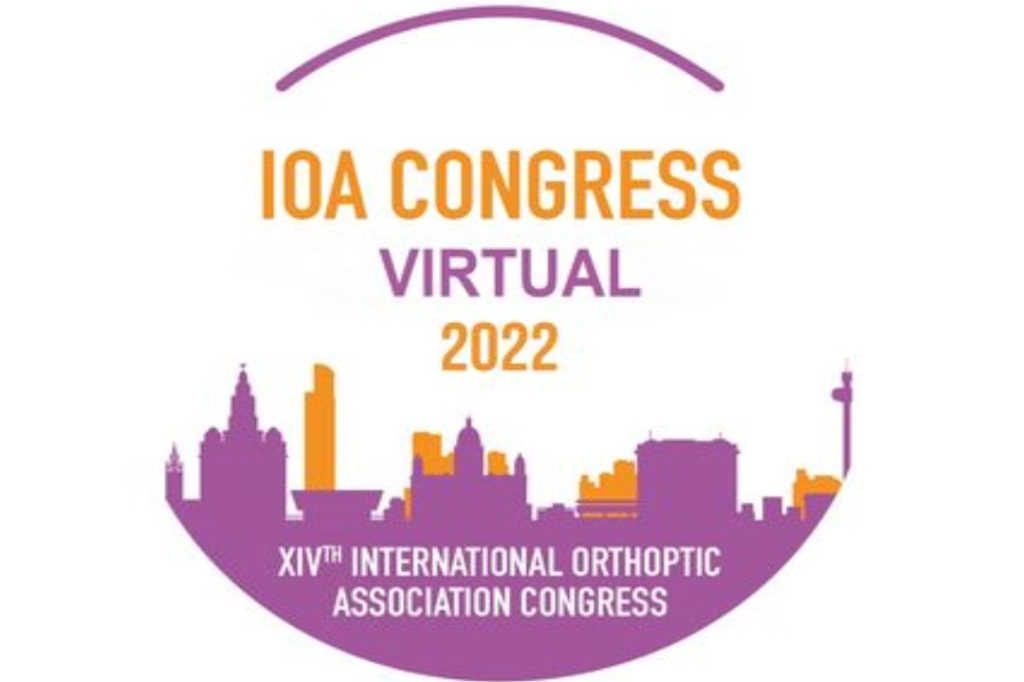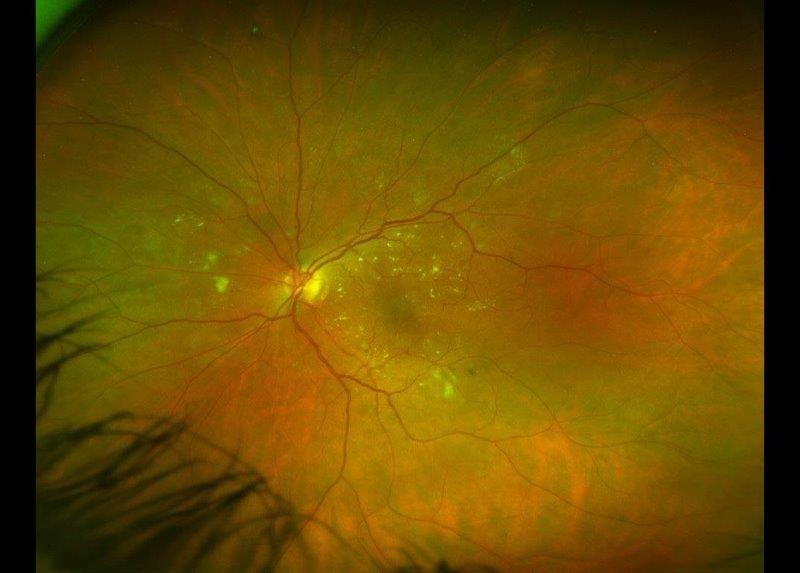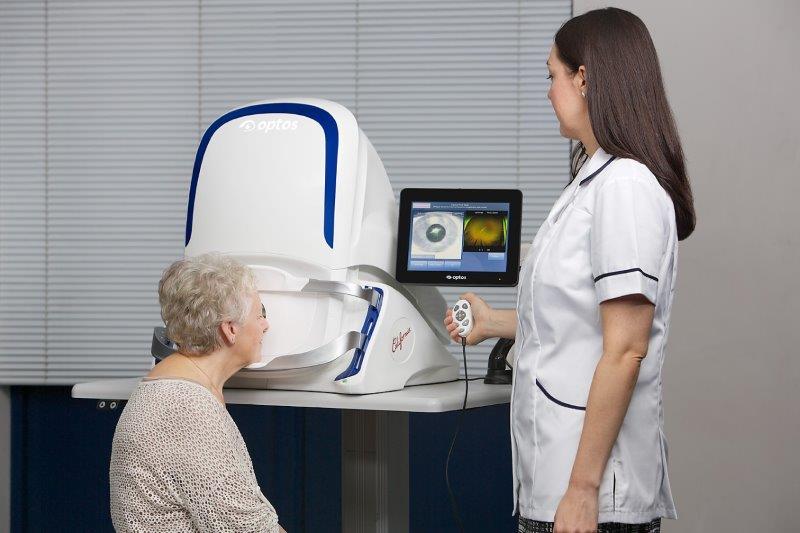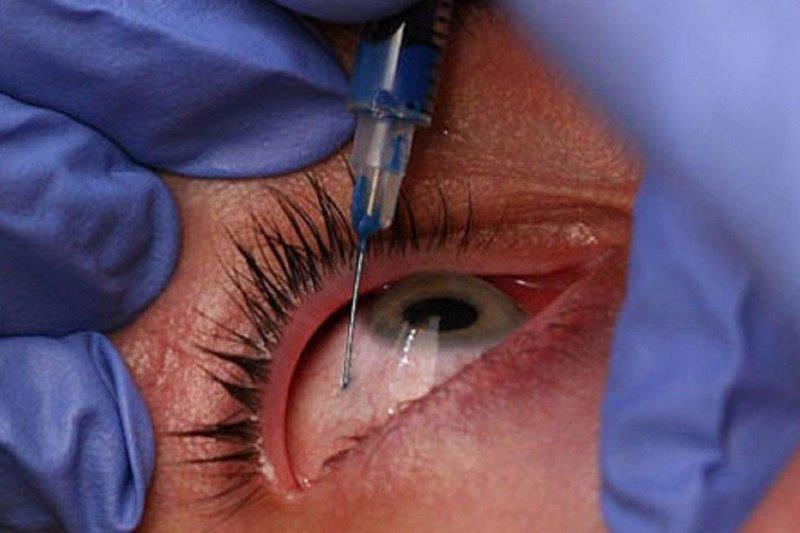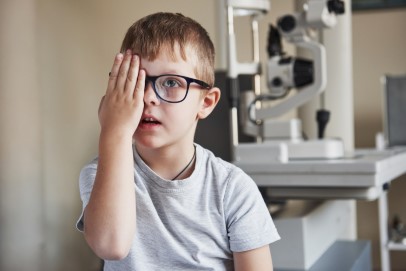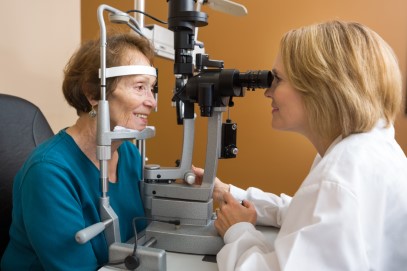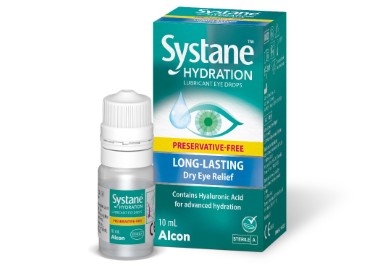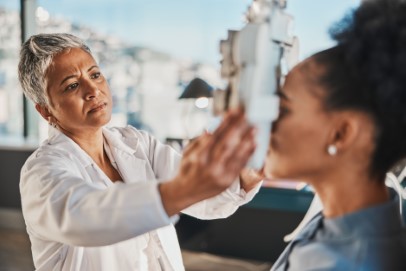Screen time: the IOA virtual congress
This was the first International Orthoptics Association (IOA) annual congress to be held entirely virtually. Although it was a shame not to be able to attend in person, the lack of accommodation and transport costs made it much more accessible as an online event, especially to poorly paid hospital orthoptic staff! Plus, the potential hurdle of the UK time difference was surmounted with delayed access for a short period, so I got to enjoy the whole thing in my own time, with a coffee or two on the weekend.
IOA 2022 overview
The first day’s sessions covered screening, amblyopia, neuro-ophthalmology and stroke, plus the key Burian Lecture on binocular vision (BV) and test design. Day two led with collaborative and extended practice and the International Strabismological Association’s symposium, which included talks on the latest management strategies for ocular motor palsies. Day three included more on strabismus, surgery, paediatrics and updated quality-of-life studies. Each day also had excellent poster sessions, with New Zealand ably represented by orthoptist Miriam Langeslag-Smith, who presented on the accuracy of parental visual acuity testing in New Zealand during the Covid-19 lockdown.
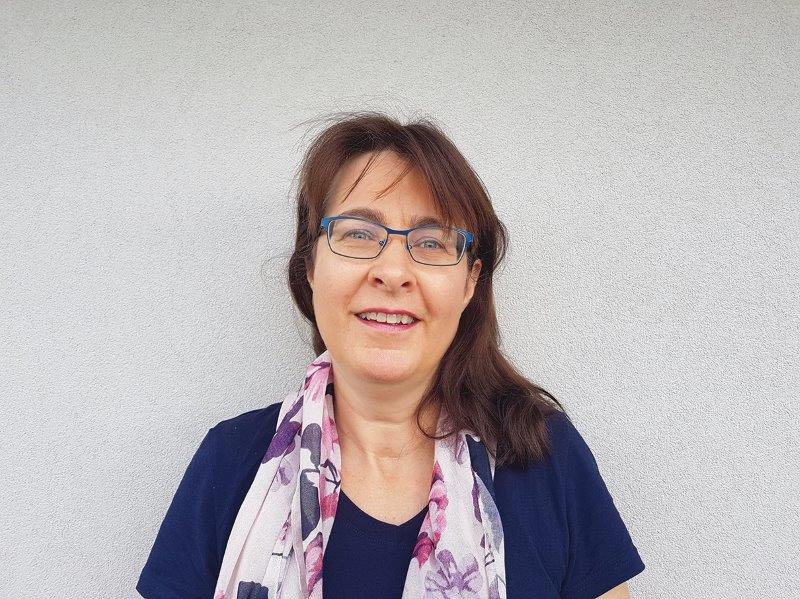
Miriam Langeslag-Smith
The future of remote screening children…
The remote-screening theme was explored extensively throughout the 2022 congress, with Dr Anna O’Connor from the University of Liverpool, UK, presenting her study on the evaluation of changes in visual function by parents at home. She also reported on the completed phase 2 trial on the Kay amblyopia tracker app, developed to alleviate pressure on hospital services from the enduring impact of Covid-19. Designed to monitor vision and perhaps increase time between appointments, the app uses one size of letter or picture presented in the crowding box, with the distance varied by the child moving closer to the mobile device. Good results of accuracy on repeat testing and questionnaire feedback from this and the phase 3 study will allow comparison of home and clinical testing.
The other virtual testing methods presented may also offer our disparate population a reduction in travel times and frequency of visits for families. Newer apps under development include blind-spot monitoring and face recognition to detect movement and automatically adjust optotype sizes and brightness to match the environment, said Dr O’Connor. Despite some exciting advances in this field, however, the Royal College of Ophthalmologists’ 2020 report on paediatric ophthalmology in the pandemic recommends that online vision testing should be limited to healthy adults aged 18-39 years, since current visual acuity (VA) apps are not fully validated against standard VA tests.
Netherlands-based Professor Huibert Simonsz presented some results from the EUscreen study on the availability of data for comparing the cost-effectiveness of paediatric vision screening programmes in Europe. Population-based screening varies with ages tested, who was tested and the tests used, he explained. Free software to calculate the cost-effectiveness of screening programmes is available at https://miscan.euscreen.org, which takes into account parameters such as screening test type, age, screening frequency and location. This software and the knowledge behind this huge study may be useful for evaluating New Zealand’s data to improve our own screening processes.
…And seniors
Further remote screening insights came from Durham University’s Dr Kathleen Vancleef’s two talks. One reviewed the current issues in screening for visual perception deficits post-stroke, which found that a lot of stroke-unit staff find the current tools too complicated and are confused over what visual perception is. Edmans et al discovered that the incidence of visual perception problems (VPP) is 76%, yet 74% are not diagnosed and 94% of clinicians rely on subjective methods, such as clinical interview or observations, rather than objective tests, said Dr Vancleef, confirming that there is a lack of screening tools that are easy to administer and interpret.

Dr Kathleen Vancleef
Continuing this theme, her second talk described the design and rigorous testing of a new screening tool for visual perception deficits – the Oxford Visual Perception Screen (OxVPS) app. OxVPS consists of a number of tasks including picture-naming, asking the patient ‘Where would you find this object?’; shape perception, asking ‘Which shape is the same as the one at the top?’; plus counting, tasks for face recognition, visual inattention, copying and reading. It is performance based, accessible, takes 10-15 minutes to complete and requires minimal training since all instructions are included within the app. A pass or fail is given for each task, with the overall OxVPS score giving a visual perception profile.
Having tested it on 80 health volunteers with an average age of 67, the validated OxVPS should be available within the next three years. Let’s hope it will help inform stroke units around the country to improve care for those with acquired brain injury and associated visual deficits.
Testing times
Royal Children’s Hospital Melbourne orthoptist and PhD student Navdeep Kaur described her research into an orthoptist-led neurofibromatosis type 1 (NF1) clinic as a cost-effective model of care. She reviewed NF1 screening protocols across 35 university centres, finding a lack of uniformity in frequency and duration of reviews and ocular assessments. Traditionally, NF1 screening was undertaken by the consultant to screen for optic nerve gliomas. Due to clinical pressures and increased waiting times, however, an orthoptist-led clinic was instigated in 2016 to address these inconsistencies and improve appointment waiting times. The strict assessment protocol was designed using evidence-based research in collaboration with both the ophthalmology and neurology departments. A cost-based analysis demonstrated both cost benefits and reduced time in clinic without compromising patient care. It will be interesting to see if this model is adopted in New Zealand to help reduce the burden on our overstretched ophthalmic departments.
The prestigious Burian Lecture on binocular vision and test design was given by the University of Sheffield’s Professor Helen Davis, who provided an excellent summary of her work investigating clinical tests used to assess binocular vision control. She questioned test reliability, if the tests are assessing what we think they are and if results are comparable to tests purporting to assess the same things. Assessing cover test (CT), controlled binocular acuity (CBA), prism fusion range (PFR) and Frisby Davis 2 stereotest (FD2), among others, she found significant correlations between the CT score and CBA, and PFR and FD2 under certain conditions. The test correlating to control most frequently was the PFR base out (BO) test. There is a large spread of data, however, making each test unreliable as the sole predictor of control as none are testing the same thing, she said. Focusing on PFR, she found the most commonly used test in babies and young children is single prism BO or base in (BI), while for older children or adults a prism bar is frequently used. Interestingly, her research confirmed that the prism bar provided the largest range in clinical and normal populations, something I’ve also found clinically, so it’s reassuring to have the research backing up clinical practice methods.
Having established what orthoptists want from stereotests – ease of presentation, repeatable, lack of monocular clues and covering a range of disparities – Prof Davis worked with Professor John Frisby to design the ‘distance real space FD2’. They have since assessed it against the simulated stereotest now available (Random-dot distance) and assessed accommodation and vergences, finding that simulated stereograms only trigger about 60% of accommodation, compared with real space stereograms. Comparing the near tests and distance real and simulated stereotest, the professors’ research found that despite their different values, these correlated, proving the reliability value still has a wide spread like the other BV tests. So these tests assess different aspects of BV and have their place, but the real space Frisby test, which has larger targets, is best with amblyopia or low vision patients.
Vision deficits and falls
Liverpool University’s Dr Jignasa Mehta presented ‘Visual function risk factors for falls in older adults’, which dovetails well with the UK’s National Institute for Health and Care Excellence recommendation that vision exams for older people form part of a multi-factorial risk assessment. However, the UK College of Optometry found that for 56% of falls in England, clinics do not assess vision, while the Royal College of Physicians’ 2017 national audit of inpatient falls found only 46% of patients had had a vision assessment. Falls due to sight loss cost the UK’s National Health System £25.1million (NZ$48.9m) annually, according to the Royal National Institute of the Blind (RNIB), with key risk factors being vision and hearing impairment and living in a low-decile environment. Dr Mehta’s research found stereo acuity worse than 85 arc sec gave a threefold increased risk of a further fall, while patients with a score of 18cpd on the Pelli-Robson Contrast Sensitivity chart, if showing an improvement by 1 log unit, have an 89% decreased chance of a further fall. Although this study used UK statistics, it’s clearly applicable to the New Zealand model of care, particularly with waiting times to clinic or delays in accessing cataract surgery, and increasing the risk of vision-related falls.
Florine Pilon-Kamsteeg, an orthoptist from Bartiméus, a Dutch organisation providing care, support, education and training for partially sighted or blind people, discussed My CVI (www.mijncvi.nl). This free tool for children with cerebral visual impairment is designed to increase their knowledge and help them explain their problems to family members and teachers. The site’s 27 video clips of children with different CVI effects allows the user to choose the ones that best illustrate their own issues to adults. With a CVI documentary, animation and free downloads, Bartiméus’ website (www.bartimeus.nl/english) also looks like an excellent resource.
Overall the 2022 IOA Congress’ excellent topics and discussions were very informative, with the question and answer sessions after each lecture series particularly enlightening. Fingers crossed for an in-person rendezvous in 2023!
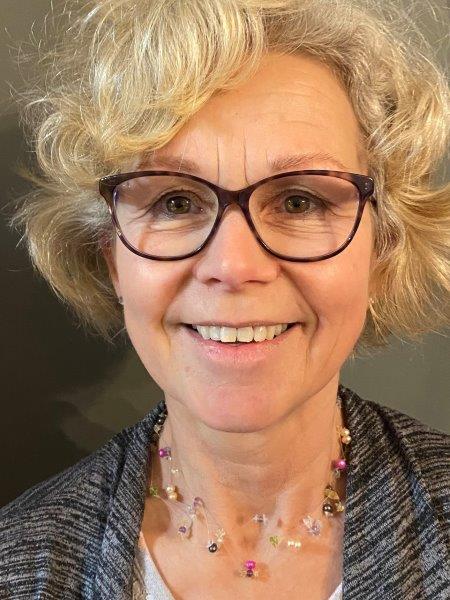
Sally-Anne Herring is a UK-trained orthoptist with more than 30 years’ experience in paediatrics and neurophthalmology who now works in Hawke’s Bay, New Zealand. She is an active member of the British and Irish Orthoptic Society, New Zealand Orthoptic Society Inc (NZOSI) and Orthoptics Australia. From 2006-2017 she was NZOSI secretary and is currently NZOSI’s Allied Health Aotearoa representative (AHANZ).










